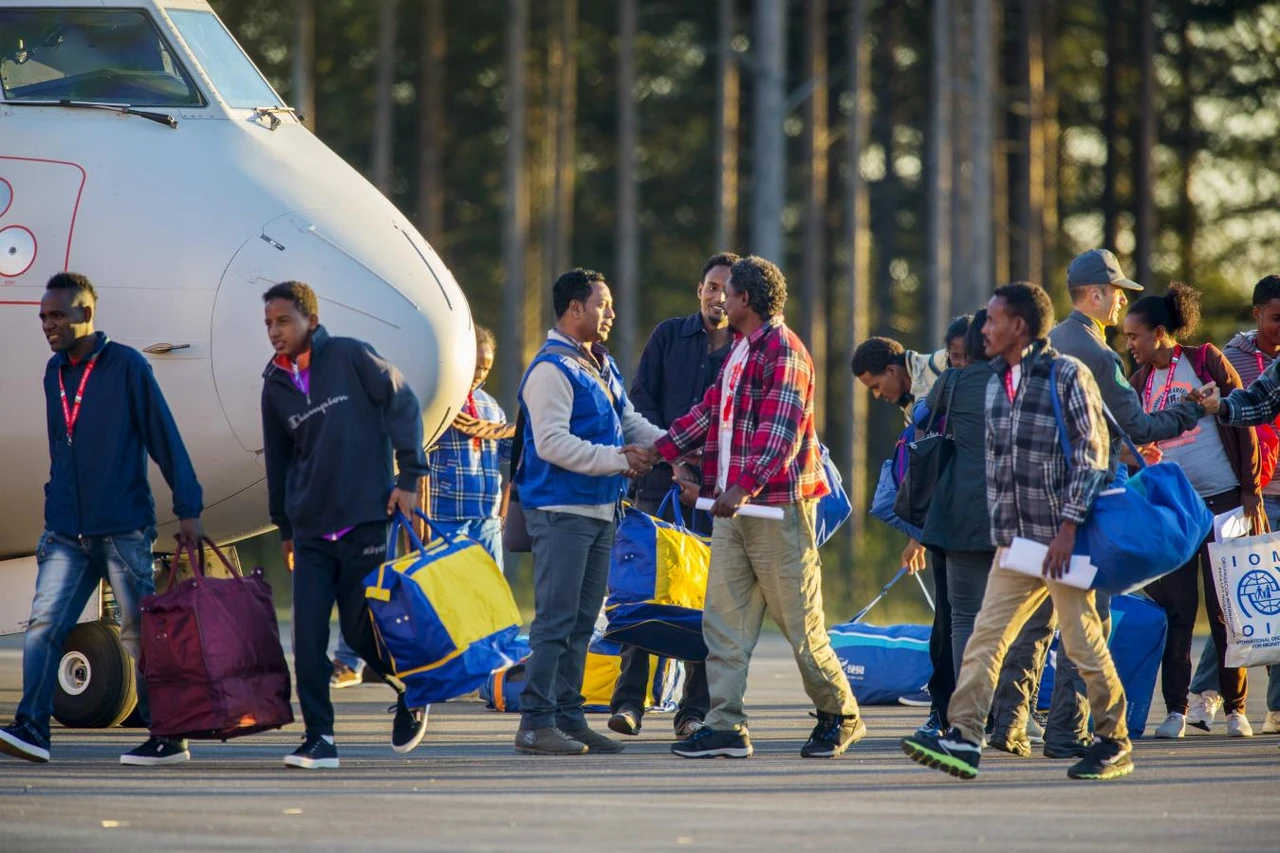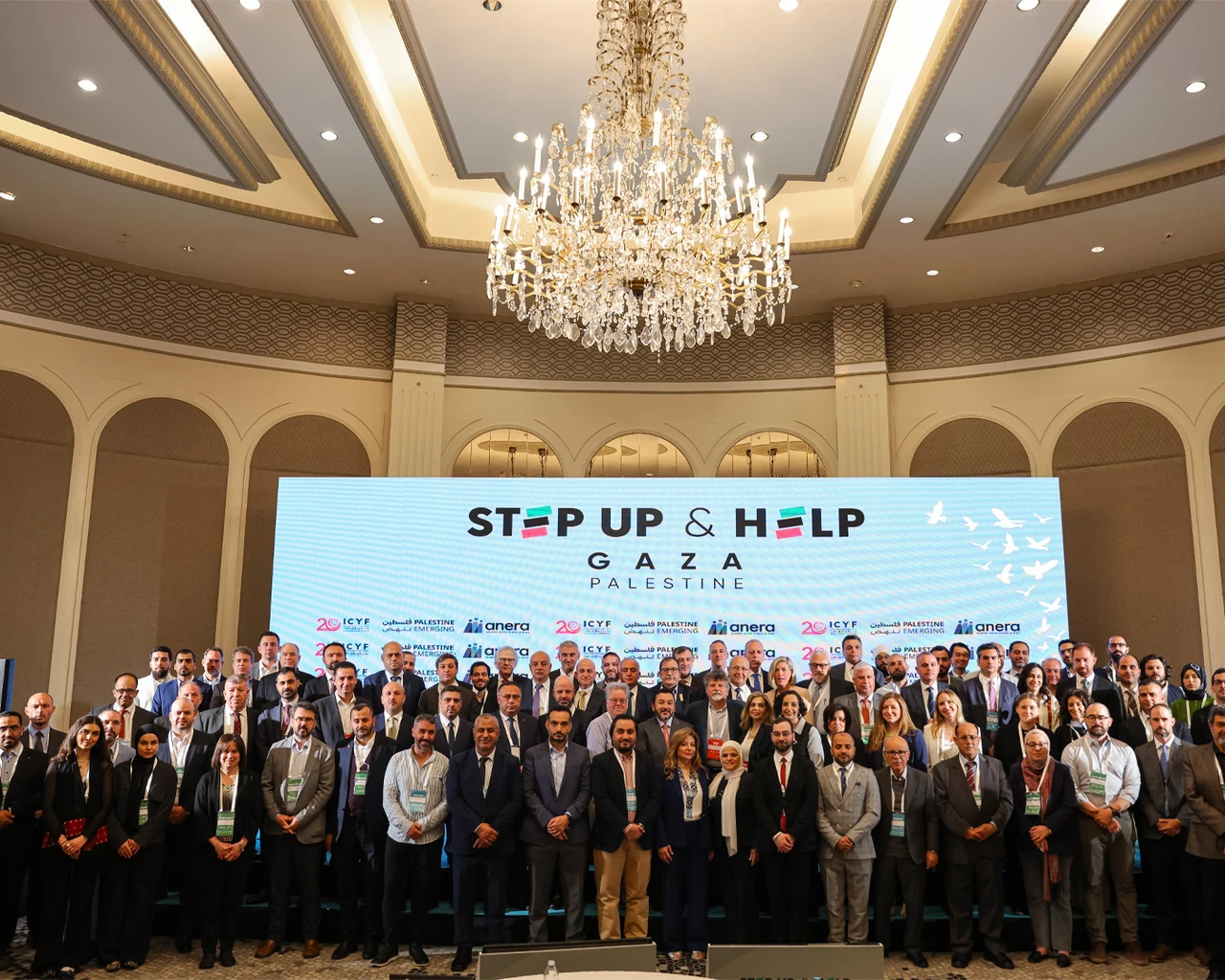Sweden to give migrants $34,000 to return back
 Eritrean migrants arrive at Lulea airport, Kallax in northern Sweden, with an Italian police aircraft that took off from Rome's Ciampino airport earlier on Friday, October 9, 2015. (Reuters Photo)
Eritrean migrants arrive at Lulea airport, Kallax in northern Sweden, with an Italian police aircraft that took off from Rome's Ciampino airport earlier on Friday, October 9, 2015. (Reuters Photo)
The Swedish government announced a new plan aimed at encouraging immigrants to return to their home countries voluntarily by significantly increasing the financial incentives available. Beginning in 2026, individuals who choose to leave Sweden will be eligible for up to 350,000 Swedish kronor (approximately $34,000), marking a substantial increase from the current grant of 10,000 kronor per adult and 5,000 kronor per child.
Migration Minister Johan Forssell described the policy as a “paradigm shift in our migration policy” during a press conference, underscoring the government’s effort to address ongoing challenges with immigrant integration in the country.
The grant program, which has existed since 1984, has historically been underutilized. Only one person took advantage of the offer last year. Forssell noted that the increased financial support is aimed at reversing this trend.
“If more people were aware of the grant and its size was increased, more would likely accept the offer,” Ludvig Aspling of the Sweden Democrats said. The anti-immigration party has strongly supported the new measure, citing its potential appeal to migrants who are unemployed or reliant on state benefits.
Sweden Democrats’ influence
The Sweden Democrats, known for their staunch anti-immigration stance, have played a significant role in shaping Sweden’s current migration policies. They emerged as the second-largest party in the most recent general election, and their influence has grown within the government since.
Prime Minister Ulf Kristersson, who leads a minority coalition government supported by the Sweden Democrats, has made addressing immigration and crime a priority since taking office in 2022.
Despite their political momentum, a recent government-appointed probe advised against increasing the grant, raising concerns about the cost-effectiveness of such a move. The head of the inquiry, Joakim Ruist, expressed that a significant financial increase could send a negative message about the desirability of migrants in Sweden, potentially undermining integration efforts.
Integration challenges
Sweden has long prided itself on being a “humanitarian superpower,” offering asylum to large numbers of people fleeing conflict, including from countries like Syria, Afghanistan, and Somalia. However, the nation has struggled with integrating many of its newcomers, leading to higher unemployment rates among foreign-born residents and widening wealth disparities.
The situation reached a critical point in 2015, when Sweden accepted 160,000 asylum seekers at the height of Europe’s migration crisis — the highest per capita intake in the European Union. This influx placed significant pressure on Sweden’s welfare system and contributed to a shift in public sentiment on immigration policy.
Since then, both left- and right-wing governments have implemented a range of measures to limit migration, including stricter requirements for family reunification, temporary residence permits, and higher income thresholds for work visas.
Sweden is not alone in offering financial incentives to migrants to return home. Denmark, for example, offers more than $15,000 per person, while France, Norway, and Germany also provide similar grants, though in smaller amounts.
Kristersson’s government has also introduced plans to further tighten Sweden’s immigration policies, including facilitating the expulsion of migrants for issues such as substance abuse or involvement in criminal activity.



